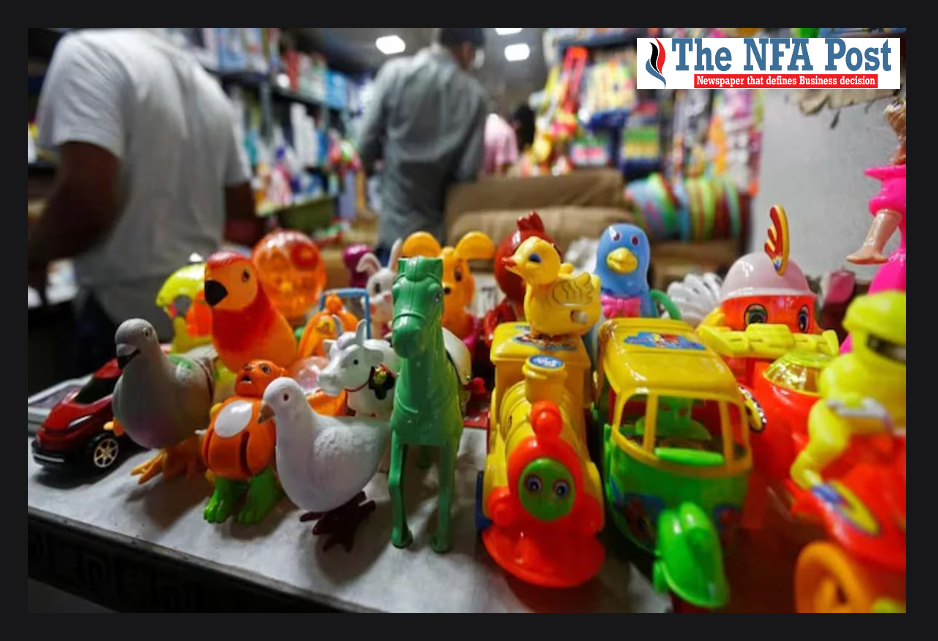The Indian toy industry, known for its creativity and innovation, is undergoing a significant transformation due to the advent of digital technologies. The shift towards digitalization is not only reshaping how toys are designed, manufactured, and distributed, but also revolutionizing the way businesses engage with customers.
In the context of digital transformation within the Indian toy industry, the role of mold die manufacturing cannot be overlooked. Mold die manufacturing is a crucial step in the production process, as it directly influences the quality, precision, and efficiency of toy production. The integration of digital technologies into mold die manufacturing presents both challenges and opportunities that shape the industry's future landscape.
However, this transformation comes with its own set of challenges, such as:
1. Technological Adaptation: For many traditional toy manufacturers, adopting digital technologies can be a daunting task. The industry often comprises smaller players who may lack the resources or expertise to integrate complex digital tools into their processes. The transition to digitalized mold die manufacturing involves an upfront investment in acquiring and implementing CAD/CAM (Computer-Aided Design/Computer-Aided Manufacturing) software and machinery. Smaller manufacturers might face difficulties in funding these investments.
2. Complexity and Precision: Mold die manufacturing requires a high level of precision and expertise. Integrating digital tools and computer-aided design (CAD) software demands a thorough understanding of these technologies, which might be challenging for traditional craftsmen.
3. Design and Innovation: While digital tools can enhance the design and innovation process, there is a learning curve associated with mastering new software and technologies. Balancing traditional craftsmanship with digital design skills can be challenging for some manufacturers. Apart from that, skilled professionals who can operate and troubleshoot digital
manufacturing tools might be in short supply. Training the existing workforce or hiring new talent with the necessary skills can be a time- consuming process.
4. Interoperability: Ensuring that various digital tools and software used in different stages of mold die manufacturing are compatible and can seamlessly communicate with each other is a technical challenge.
However, with challenges comes some great opportunities which can enable digital transformation in this sector.
1. Enhanced Product Design and Customization: Digital tools such as 3D modeling and virtual prototyping enable toy manufacturers to create intricate and customizable designs. This opens up avenues for personalized toys that cater to individual preferences, boosting customer engagement.
2. Rapid Prototyping: Digital technology allows for rapid prototyping of mold dies, significantly reducing the time needed for testing and refining designs. This accelerates the overall production process.
3. Customization: Digital design tools facilitate the creation of custom mold dies tailored to specific toy designs. This flexibility enables manufacturers to cater to varying customer demands.
4. Supply Chain Optimization: Digital tools can streamline supply chain processes, reducing lead times and ensuring efficient inventory management. This can result in cost savings and improved overall operational efficiency.
5. Data-Driven Improvements: The data collected during the mold die manufacturing process can be analyzed to identify bottlenecks and inefficiencies. This data-driven approach leads to continuous improvement and optimized production workflows.
In order to harpe onto these opportunities, the industry must adopt some practices to enable digital transformation:
1. Training and Upskilling: Invest in training programs to educate the existing workforce about digital design tools, CAD/CAM software, and the principles of digital manufacturing.
2. Partnerships and Expertise: Collaborate with technology partners, consulting firms, and research institutions that specialize in digital manufacturing. Their expertise can guide the implementation process.
3. Pilot Projects: Initiate pilot projects to test the effectiveness of digital mold die manufacturing on a smaller scale before implementing it across the entire production line.
4. Investment Planning: Develop a comprehensive business plan that outlines the costs, benefits, and projected returns associated with digital transformation. This can help secure funding and prioritize investments.
5. Adaptability and Flexibility: Embrace a mindset of adaptability, as digital technologies are continually evolving. Manufacturers should be prepared to update their digital tools and strategies as needed.
The Indian toy industry is at a crossroads, where embracing digital transformation is both a challenge and an opportunity. By overcoming the challenges and capitalizing on the opportunities, toy manufacturers can create a more agile, innovative, and customer-focused industry. With the right strategies in place, digital transformation can propel the Indian toy industry into a new era of growth and competitiveness on the global stage.

Gaurav Mirchandani
Founder & CEO, SM TOYS





